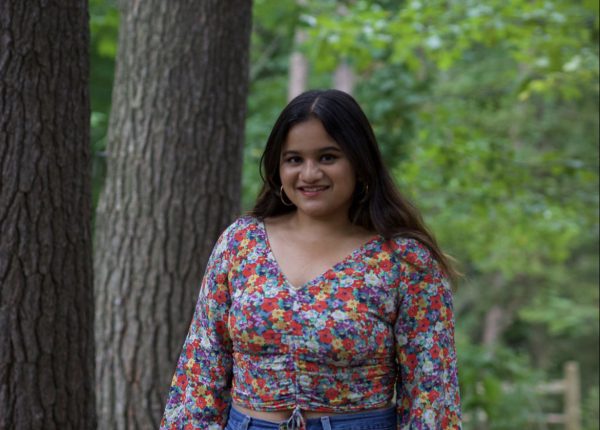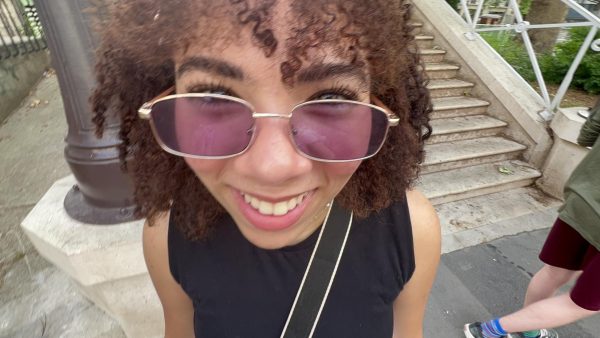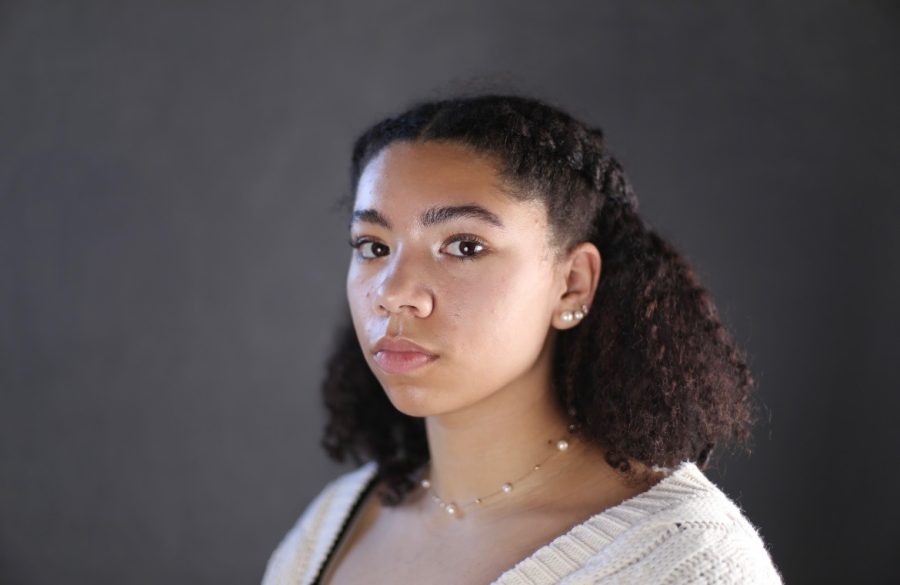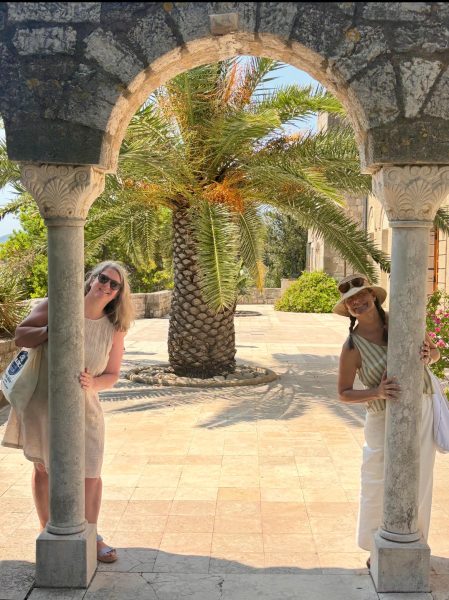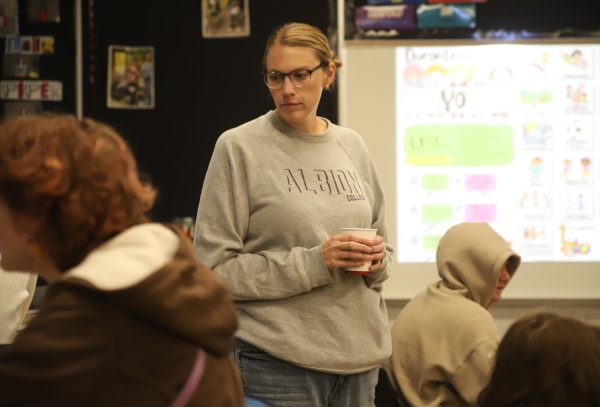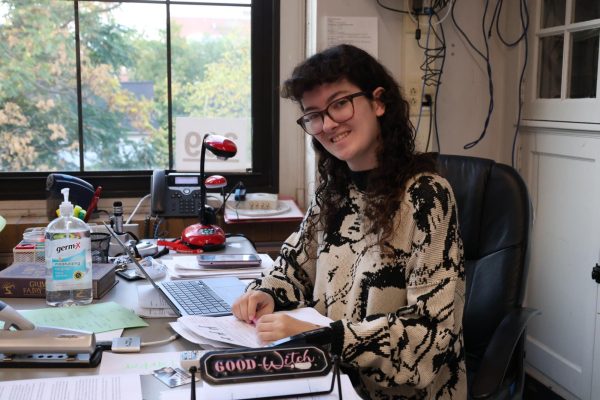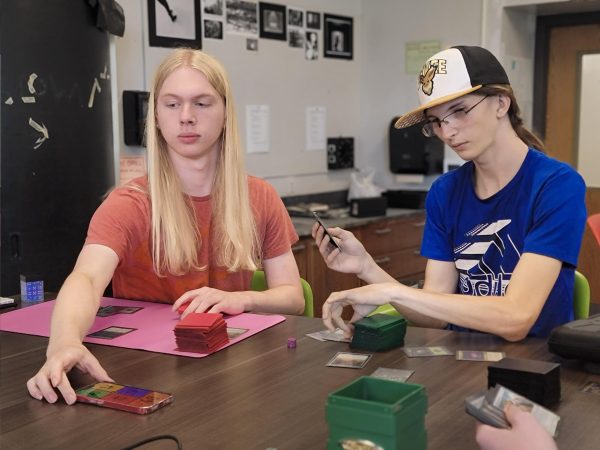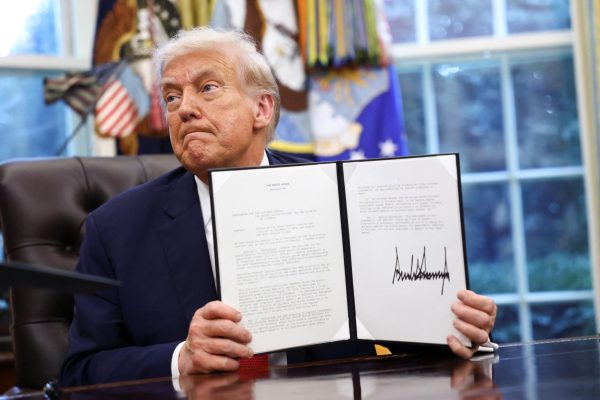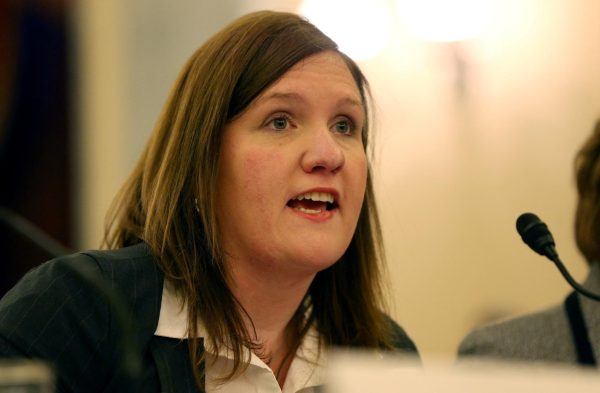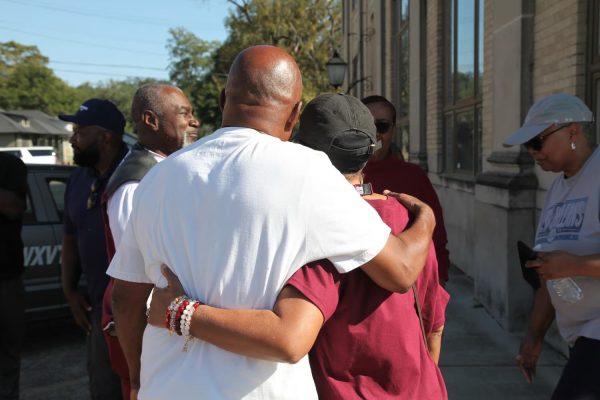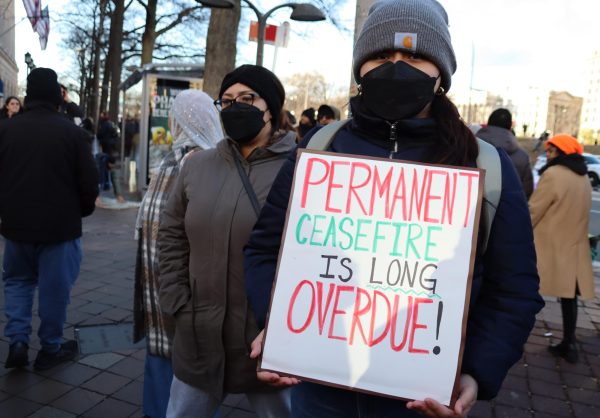Our Power, Our Beauty
It is often said that beauty is in the eye of the beholder.
Meaning, beauty is simply a concept that exists upon perception.
But in a world where some observers are valued more than others, is beauty really in the eye of the beholder or the privileged ?
Tan skin, curly hair, larger lips. These physical attributes on women have become a trend in mainstream media. But why have these features suddenly developed traction when they have historically been discriminated against?
The answer: they are being presented on those who don’t naturally have these features.
One example of this double standard is curly hair; a natural feature on Black women and other women of color that has now become a trend.
For centuries, Black people in this country have been discriminated against on the basis of hair. In the landmark 1976 case Jenkins V. Blue Cross Mutual Hospital Insurance, Belvery Jenkins was told she was not allowed to represent the company she worked at with her afro. This case determined that afros were protected under the civil rights act. Courts at the federal level continuously exclude protection against hair discrimiantion today through the argument that hair can be altered and changed.
“It disregards the fact that historically and culturally, braids, twists and locs have been closely aligned with Black people — further reiterating the fact that Eurocentric features are the societal default, or what’s considered to be ‘normal,’” said Jameelah Nasheed in her Teen Vogue article.
When you’re conditioned to believe eurocentrism is normal, it’s difficult to accept yourself as abnormal.
The Black is Beautiful movement of the 1960s dared to challenge this false sense of normalcy
Elizabeth James, a professor of Afro-American studies at the University of Michigan, remembers how the movement distinctly impacted her and her family.
“I can’t begin to explain how that movement spread like wildfire,” James said.
Professor James grew up in Detroit, her grandmother came from the South during the great migration. James lived through the height of the Civil Rights movement and even would attend marches as a child. She saw how Black is Beautiful was a vehicle of self expression in her own community growing up.
“I saw how [the Black is Beautiful movement] changed my mom, who would go to the hairdresser, and would have her hair stylist use the hot comb to press her hair, and to make it straighter,” James said. “After [the movement] she would have these natural, and these beautiful, waves and curls and coils. It was just a revelation for me.”
James recalls waiting for her mom at the hairdresser for hours as she relaxed and straightened her hair before the movement began.
“[Black women] became more free,” James said. “They just seemed more relaxed, and more confident in themselves, you know, because they didn’t have to fake it.”
She recalls that the movement was all encompassing — not only embracing natural hair but also more ethnic clothing and the newfound confidence that came with it. The movement took place before the Civil Rights movement, and Professor James argues it was a necessary step for later impact.
“It wasn’t the Civil Rights movement that led to changing the way we looked,” James said. “It was us changing the way we looked that helped usher in that whole sense of ‘there’s more than one way to be free.’”
At the University of Michigan, students have started a club called CurlTalk to bring together women of different backgrounds, races and ethnicities in a safe space to find their authentic self and have confidence in their hair, which has been deemed as unattractive for centuries.
Another aspect of physical beauty is skin color.
As an enduring and modern theme in history, skin color is a major pillar of racism. Within communities of color, colorism is an ever-consuming plague due to the global influence of the west and historical factors such as colonialism and imperialism.
One of the many communities of color that are affected by colorism is the South Asian community.
Vidula Ravindran knows what it’s like to be devalued because of her skin tone. Ravindran, a freshman at Washtenaw International High School, identifies as a dark skinned woman. She remembers the first time she faced discrimination because of the color of her skin.
She was nine.
Ravindran recalls being in a speech and debate class when a boy she was arguing against got mad at her. He spewed a racial slur at her and addressed her dark skin with a negative connotation.
“I didn’t know how to react, I was just nine,” Ravindran said.
Ravindran spent her childhood in South India until her family immigrated to the United States. In India, she recalls that the light skinned people she knew would not be friends with her. She would often be benched in the sports she participated in alongside her other dark skin teammates. All while her light skinned teammates would be able to play even if their skills weren’t as advanced as theirs.
When coming to the United States, the colorism didn’t ease up. These multiple incidents created a negative impact on her self image and dented her confidence.
“I didn’t like my dark skin so I did everything I could do to make my skin look lighter and I regret that,” Ravidran said.
She would try to use “homemade recipes” and other methods to lighten her skin.
After going through these experiences and being conditioned for years, it can feel almost natural to conform to a message that has been shouted into your ears until they ring numb.
Throughout middle school, Ravindran was able to find supportive friends that helped build her self-confidence. They told her that people who made fun of her skin color were just jealous.
Ravindran wants a future where light and dark skinned women can look in the mirror and call themselves beautiful without others attesting to their self worth. She realizes the systemic implications of colorism today and how they can impact our generation and the next.
“Colorism impacts our future and the opportunities we miss because we’re dark,” Ravindran said.
Now that Ravindran feels more confident in her own skin, her advice to her younger self and other young women facing self-hatred is to accept and love yourself unconditionally no matter what.
Throughout the world and across borders, humans historically have found symmetry to be one of the core pillars of beauty. Professor James knows that how symmetrical one’s face is often contributes to how “attractive” they are found. Once that is recognized, the influence of social hierarchy comes into play.
“Then it’s a question of what has been the dominant story and what has been kind of pressed upon us as beauty versus thinking about the possibility of all of the ways that people can be beautiful,” James said.
Just as the dominant story of “lighter skin is more beautiful” was pressed upon Ravindran, this dominant story constantly brings us back to this box of what society considers beautiful.
The dominant story in this case has historically been rooted in Eurocentrism.
“The narrative has been written by the oppressors, beauty is the one that was held up as the standard,” James said. “And now we’re starting to tell all of our stories.”
Women of color’s features might be becoming more mainstream, but on people who don’t usually have these features,
“I think secretly, people have always coveted them… It’s just when you do not have power attached to that beauty, it becomes problematic,” Professor James said.
When you don’t have power attached to your beauty, to your words, to your stories, you become inherently invalid. Women of color have always been beautiful but deemed socially inferior so when our features become admired they’re not displayed on our faces because of the lack of social power we hold.
The beauty standard is not the only place where women of color have been trying to push and disrupt the status quo for decades. Professor James recognizes that the Black Lives Matter movement, #MeToo movement and Save our Sons and Daughters have all been led by Black women or women of color.
“Women of color have been saying these things for a long time, but no one was listening,”
James said. “My Latina sister, Native sisters, Asian sister and Black sisters, we need to be talking because we are experiencing these things. Sure these stories may vary but communities of color have all been ostracized at one time or another for visually being different and that’s where we have to break that down until people see us for being women.”
As we begin to grow and add power to our sense of self, to our sense of beauty our standards for what is beautiful begins to shape and mold into what we say it is.
We deserve to be heard
We deserve to be validated
Don’t try our features
Try our struggles and
Behold the power in our beauty.
